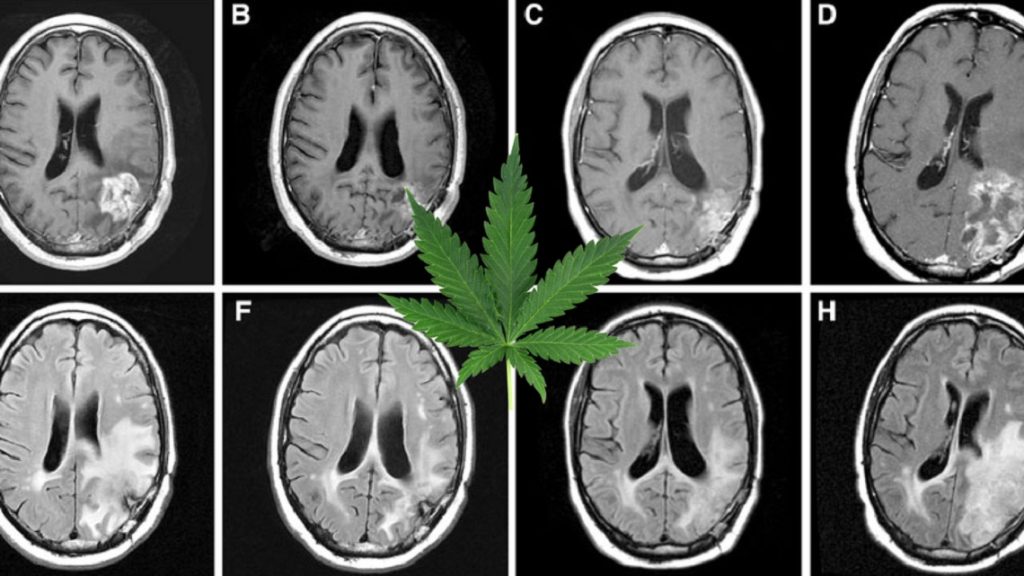
How cannabis affects Fibromyalgia (FM or FMS)
People with fibromyalgia typically experience pain in their joints and muscles and may also suffer from frequent headaches and fatigue. This medical disorder is characterized by chronic widespread pain and allodynia, which is a heightened and painful response to skin contact or touch. Even light pressure is agonizing for many sufferers. This debilitating affliction causes aching muscles, sleep disorders, and fatigue.
Our bodies naturally make pain relievers called endorphins, but they also make other substances that can trigger pain relief in the endocannabinoid system. Fibromyalgia patients typically experience multiple areas of pain in the body and they often take multiple drugs for other symptoms, which can include difficulty sleeping, restless legs syndrome, depression, and anxiety. Cannabis uniquely has the ability to treat multiple symptoms. There is no known cure for fibromyalgia; it is notoriously difficult to treat and only 35–40% of people with chronic pain conditions get relief from the available medications. However, sufferers report a reduction in pain and improved sleep patterns from regular medical cannabis use. Lynda is a 48-year-old mother of three who lives in upstate New York and was diagnosed with fibromyalgia in 2000. She is quoted on the website Health (.com) as saying, “I would use [cannabis] when the burning pains started down my spine or my right arm, and shortly after, I found I could continue with housework and actually get more done.”
How cannabis affects glaucoma
This is caused by high pressure inside the eyeball that damages the optic disk. Typical treatments have serious side effects and have little effect on end-stage glaucoma. Cannabis lowers intraocular pressures dramatically, with none of the side effects, and is highly recommended as a treatment. When patients with ocular hypertension or glaucoma were tested with a dose of 19 milligrams of THC, seven out of 11 showed a 30% fall in intraocular pressure.
THC has been shown to kill Glioma cancer cells and is an effective treatment
This is the term for a tumor in the brain or spine. Malignant Glioma is very difficult to treat and the average survival time from diagnosis is only 40 to 50 weeks. THC has been shown to kill Glioma cancer cells and is an effective treatment; many patients owe their lives to medical cannabis. A report published by the Department of Biochemistry and Molecular Biology based at the Complutense University in Madrid, with regard to cannabis and cancer treatment (particularly Glioma) states:
“Cannabinoids, the active components of Cannabis sativa L., act in the body by mimicking endogenous substances, the endocannabinoids that activate specific cell surface receptors. Cannabinoids exert various palliative effects in cancer patients. In addition, cannabinoids inhibit the growth of different types of tumor cells, including Glioma cells, in laboratory animals. They do so by modulating key cell signaling pathways, mostly the endoplasmic reticulum stress response, thereby inducing antitumor actions such as the apoptotic death of tumor cells and the inhibition of tumor angiogenesis. Of interest, cannabinoids seem to be selective antitumor compounds, as they kill Glioma cells, but not their non-transformed astroglial counterparts.”